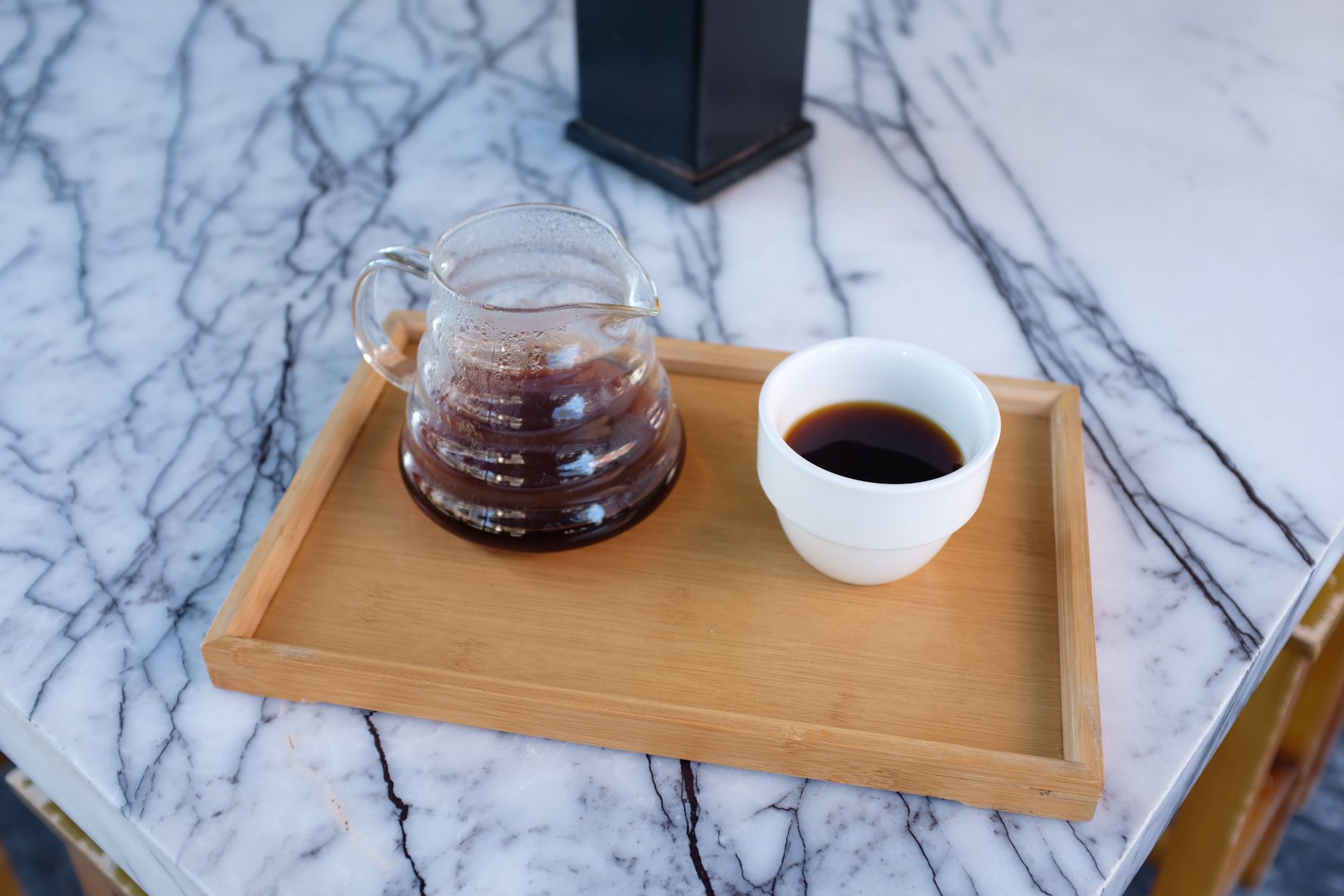At the 2015 World Barista Championship in Seattle, Sasa Sestic introduced the coffee world to carbonic maceration. Inspired by the winemaking technique popular in Beaujolais, the method macerates the coffee cherries in their own juices in sealed tanks, resulting in a more fruit-forward cup profile.
Sestic’s competition-winning coffee, a Sudan Rume produced by Camilo Merizalde of Finca Santuario in Colombia, proved to be the lot that launched a thousand fermentation methods. Within a few years, terms like “anaerobic,” “lactic,” and “anoxic” graced the labels of coffee bags. In many ways, the co-fermentation trend is the culmination of this movement.
The more sophisticated expressions of these methods involve specialized fermentation tanks, selected yeast strains, and careful monitoring. The more funky, avant-garde versions might consist of leaving the cherries in a plastic bag for a few days. What these extended-fermentation coffees have in common is a softer, more permeable seed. These coffees often appear darker, even when roasted at lower temperatures, with visible oils on the beans. The cup profile tends to have higher levels of acetic acidity.
As a result, these coffees brew very differently from traditional washed or natural process coffees. I find they often need a different approach to brewing. These are my top five tips to get the best results from anaerobic and other process-forward coffees.
- Use lower water temperatures. If I’m brewing a light roast Kenya or Ethiopia Yirgacheffe, my kettle is set to 205° F / 96 ° C— the upper limits of the SCA’s recommended water temperature. But with extended fermentation coffees, higher temperatures tend to extract some sharp vinegary notes. I find that a water temperature around 200° F / 93° C yields a better result.
- Expect shorter brew times. These coffees are soft and permeable. As such, draw-down times are faster and overall contact times are shorter, even at the same grind setting. This is okay! I rarely enjoy a two-minute brew of a washed coffee, but with anaerobic coffees, less is more.
- Use more coffee/less water. These coffees tend to express themselves best at stronger ratios— i.e., the top left quadrant of the coffee brewing control chart. These might be technically “underextracted,” but the SCA guidelines for optimal extraction were standardized before these processing techniques were invented!
- Don’t be afraid of bypass. Onyx Coffee Lab recommends using 10-20% bypass when brewing their Nestor Lasso Ombligon, and I think the technique has a wider application with process-forward coffees. If a stronger ratio makes the coffee too intense, diluting the finished brew with a small amount of hot water can help the flavors open up.
- Don’t wait too long to enjoy them. Anytime you buy a rare, expensive microlot, it can be tempting to squirrel it away for a special occasion. But these softer, process-heavy coffees have a short shelf life. Best to brew them when they’re at their peak!

